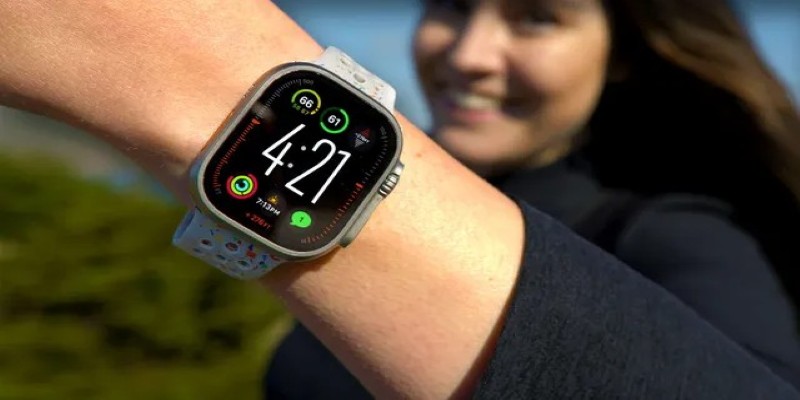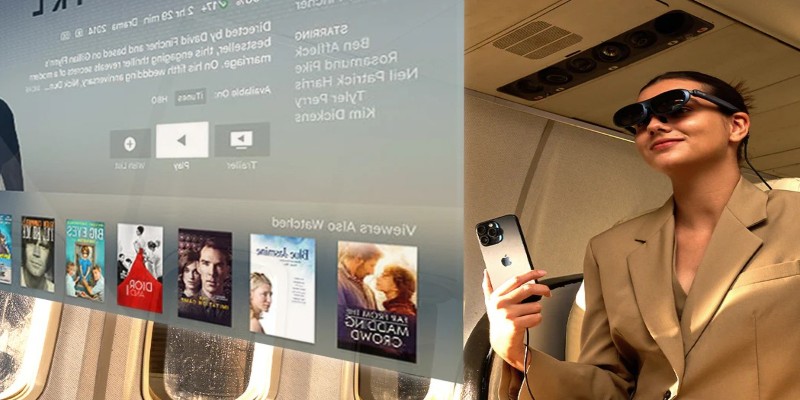6 Best Wearable Tech Gadgets Of 2025
Wearable technology has consistently pushed the boundaries of how we interact with the digital world, and 2025 promises to be a groundbreaking year. These gadgets are no longer limited to fitness tracking or notifications; they integrate advanced healthcare monitoring, augmented reality, and even artificial intelligence. This article delves into the most promising wearable tech gadgets, highlighting their innovative features, practical applications, and impact on daily life.
Smartwatches: The Evolving All-Rounders
Smartwatches have transformed into versatile devices that cater to a wide range of needs. In 2025, they will become indispensable tools for health monitoring, communication, and productivity. The latest models feature advanced health sensors capable of tracking blood glucose levels, hydration status, and even early signs of diseases like atrial fibrillation. These devices have gone beyond step counting, including real-time Stress analysis and sleep stage tracking.
One of the standout innovations is the integration of mental health support. Smartwatches now have mood detection algorithms that suggest breathing exercises, meditative sessions, or physical activities to alleviate Stress. They also sync seamlessly with virtual reality platforms, making them essential for work and leisure. With extended battery life and faster processors, these devices are more reliable and efficient than ever.

Fitness Bands: Compact And Powerful
Fitness bands are a favourite among those seeking lightweight, focused health-tracking solutions. The latest fitness bands, released in 2025, offer features previously exclusive to premium smartwatches, including ECG monitoring, oxygen saturation levels, and body temperature tracking. Their compact design makes them ideal for users who prefer a minimalist approach.
What sets the new generation of fitness bands apart is their hyper-accuracy. Using cutting-edge AI algorithms, these bands can provide tailored exercise suggestions based on an individual's unique physiology. They now support advanced sport-specific tracking modes, catering to rock climbing, surfing, and even martial arts activities. These gadgets are also designed with eco-conscious materials, reflecting a shift toward sustainability.
Smart Glasses: Bridging Reality And Augmented Worlds
Smart glasses have come a long way from their early prototypes, evolving into sleek, functional devices that blend seamlessly with everyday life. In 2025, they have found their place in professional settings, entertainment, healthcare, and personal productivity.
Modern smart glasses integrate advanced augmented reality (AR) technology, providing real-time overlays for navigation, task management, and educational content. Their lightweight design and extended battery life make them practical for daily use. Healthcare professionals use these devices for hands-free patient monitoring and surgery planning, while gamers enjoy immersive AR experiences.

One of the most significant advancements is the use of retinal projection technology. This allows smart glasses to display information directly onto the retina without obstructing vision, offering an unparalleled blend of utility and discretion. These devices boast improved voice control and AI-driven contextual assistance, making them versatile tools for various industries.
Wearable Health Devices: Revolutionizing Personal Healthcare
The wearable health device market in 2025 has exploded with innovation, focusing on proactive healthcare rather than reactive solutions. These gadgets are designed to monitor vital health parameters continuously and are instrumental in managing chronic diseases.
Wearable patches have gained popularity for delivering consistent health data without discomfort. These thin, flexible devices stick to the skin and monitor metrics like blood pressure, heart rate variability, and hormonal fluctuations. They have become handy for diabetic patients, offering non-invasive glucose monitoring and insulin delivery.

Wearable devices for mental health are also making waves. Headbands equipped with EEG sensors track brain activity, helping users understand and manage Stress, anxiety, and depression. These gadgets work with mobile apps, offering actionable insights and tailored therapy sessions. Wearable health tech is also vital in elder care, with fall detection sensors and emergency alert systems that provide peace of mind for families.
Earbuds And Hearables: Intelligent Sound Solutions
Earbuds and wearables have evolved far beyond delivering high-quality audio. In 2025, these devices will offer intelligent features that enhance hearing and overall well-being. Noise cancellation technology is now paired with environmental awareness, allowing users to filter specific sounds or focus on conversations in noisy settings.
One of the most notable advancements is in health integration. Hearables now monitor vital signs like heart rate, body temperature, and oxygen levels, making them a discreet alternative to traditional health trackers. AI-powered speech recognition and real-time translation have turned these devices into essential tools for global communication.

Furthermore, hearables are increasingly catering to personalized audio experiences. They adapt to the user's hearing profile using machine learning, delivering sound tailored to their unique preferences and needs. These gadgets are also designed to seamlessly integrate with smart home systems, offering voice-controlled functionality for various devices.
Fashion Meets Function: The Rise Of Smart Clothing
Bright clothing is no longer futuristic but a practical reality in 2025. These garments have sensors that monitor various metrics, from posture and movement to hydration and fatigue. These devices are especially popular in the sports and fitness industries, offering real-time feedback to improve performance and minimize the risk of injuries.
Athletes benefit from smart textiles that adapt to environmental conditions, regulating body temperature and wicking moisture more effectively than traditional fabrics. These garments also track muscle activity and recovery, offering insights that help optimize training regimens.

Beyond sports, bright clothing is finding applications in healthcare. Patients recovering from surgeries use these garments for remote monitoring, ensuring their recovery is on track without frequent hospital visits. Bright clothing for general consumers is also gaining traction, with designs that prioritize comfort and style while offering practical functionality.
Conclusion
The wearable tech landscape in 2025 is defined by innovation and integration, offering solutions that enhance health, productivity, and entertainment. From versatile smartwatches to immersive haptic wearables and groundbreaking bright clothing, these gadgets are reshaping how we interact with the world.
As technology advances, the focus shifts to designing functional, intuitive, and sustainable devices. Wearable tech now transcends convenience, focusing on empowering individuals to live healthier and more connected lives. The advancements we see today are just the beginning, paving the way for a more dynamic future in wearable technology.




